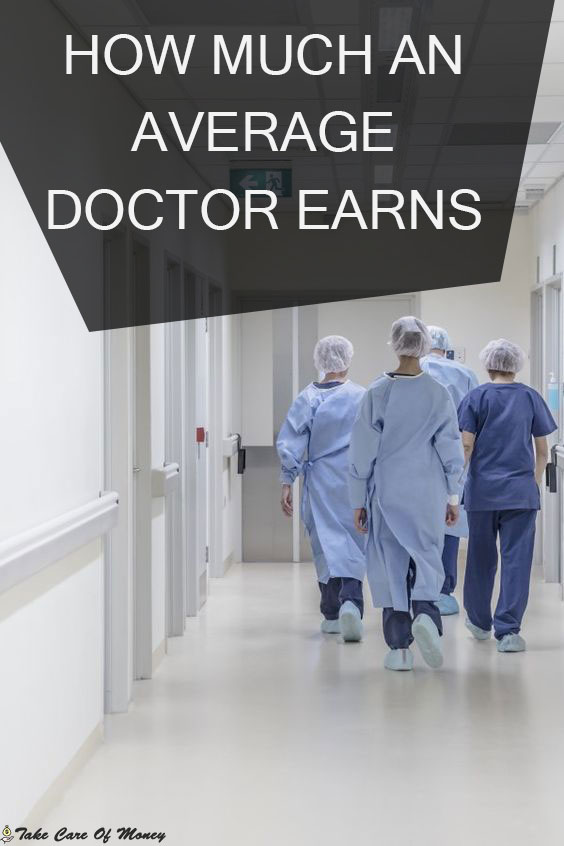Table of Contents
The average hourly salary for doctors is a composite of income through various specialties and the number of years in practice. After medical school, residences of at least three years offer training in the area of practice for doctors, which influences income. Family medicine and pediatrics fall at the lower end of the salary scale and have short residences. With residences of up to eight years, surgery and cardiology reap wages at the top of the range.
Average salaries
After completing medical school and the required training in the workplace, in 2010 the average doctor earned US $ 80 per hour, according to the US Bureau of Labor Statistics. The hourly price translates into an annual salary of US $ 166,400. With benefits such as health care, contributions to retirement plans and paid vacations, the total payment is often higher.
Specializations
The BLS reports that, as of 2010, general practitioners or family doctors had an average annual income of US $ 202,392, while doctors with specialties had average annual salaries of US $ 356,885. The anesthesiologists had an annual income of US $ 407,292, followed by surgical specialties at US $ 343,958 a year. Medical specialties that reaped the lowest annual salaries include family medicine at US $ 189,402 and pediatrics at US $ 192,148.
Better and worse salaries
The employment industry that a doctor chooses affects his salary, even within specializations. Forbes reports that doctors who work as hospital doctors had the lowest average from 2008 to 2009, the income of all doctors at US $ 201,000. The doctors in the emergency room continued with US $ 244,000. During this same period, orthopedic surgeons earned an average of US $ 481,000 and cardiologists earned US $ 419,000.
Job Outlook
The expected rate of employment growth for all doctors is higher than the average for all occupations by 24 percent. The older American population, the retirement of existing doctors and the need for doctors in marginalized rural and urban areas make bright job prospects for doctors between 2010 and 2020. The BLS expects the total number of places available for doctors increase from 691,300 to 859,300 between 2010 and 2020. Due to the possibility of higher income, most of these doctors work in specializations instead of general medicine.
